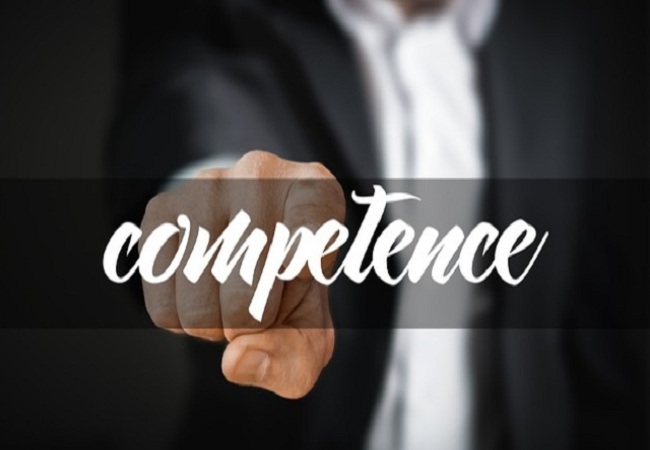There are several popular Agile frameworks that are commonly used in software development and project management:
- Scrum: Scrum is the most popular Agile framework, which emphasizes iterative development, self-organizing teams, and frequent customer feedback. It uses time-boxed sprints to deliver increments of the product.
- Kanban: Kanban is another popular Agile framework that emphasizes continuous delivery, visualizing work, and limiting work in progress. It is based on a pull system, where work is pulled as capacity allows, rather than pushed based on a schedule.

- Extreme Programming (XP): XP is an Agile framework that emphasizes technical practices such as pair programming, continuous integration, and test-driven development. It also focuses on customer involvement and rapid feedback.
- Lean Software Development: Lean Software Development is an Agile framework that focuses on minimizing waste, maximizing customer value, and continuous improvement. It is based on the principles of Lean Manufacturing and emphasizes delivering value as early as possible.
- Agile Project Management (APM): APM is an Agile framework that combines the principles of Agile software development with project management techniques. It focuses on adaptive planning, iterative delivery, and continuous improvement.
There are also other Agile frameworks and methodologies, such as Crystal, Dynamic Systems Development Method (DSDM), and Feature-Driven Development (FDD), but the above are some of the most widely used frameworks.
Tags
Learn about the goals and principles of Lean in this article. Lean manufacturing has a few important goals, which have led many industries to implement lean in their production processes. The goals include:
- Improving quality to stay ahead of competition in the market. This is done by capturing customer requirements and redesigning operational processes to meet those requirements.
- Eliminating waste to make processes more efficient. This is done by eliminating activities that do not add any value to the product or service.
- Reducing variabilities and inconsistencies by standardizing processes and outputs.
- And, reducing costs by ensuring that production does not exceed customer demands. By preventing overproduction, organizations can also make sure that inventory costs do not increase.
The implementation of Lean techniques in an organization is guided by a few important principles.
|
Principle |
Description |
| Value | Defining the value |
| Value stream | Identifying the value stream |
| Flow | Creating flow in the value stream |
| Pull | Creating pull in the value stream |
| Perfection | Creating a continuous improvement culture |
| Leveling | Creating a balanced workflow |
| Standardized processes | Developing standards and following them |
| Kanban | Using a visual signaling system |
| Visual control | Using visual control methods |
| Quick changeover | Enabling the reduction of time |
| Defect prevention | Reducing the cost of poor quality |






